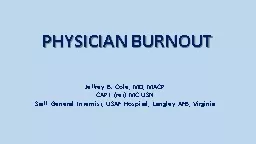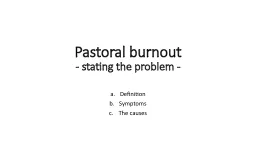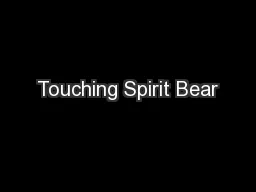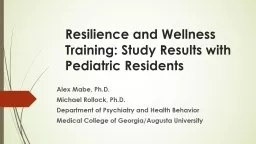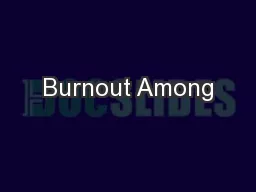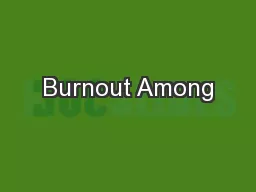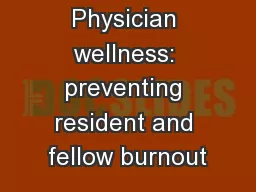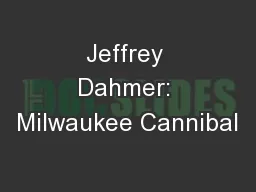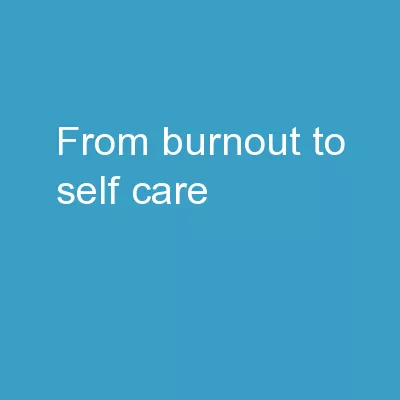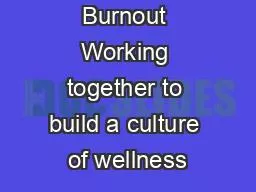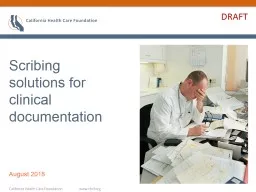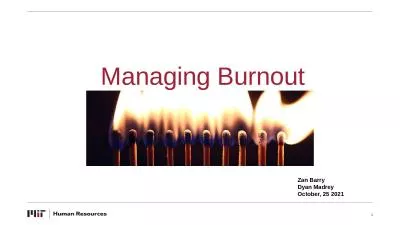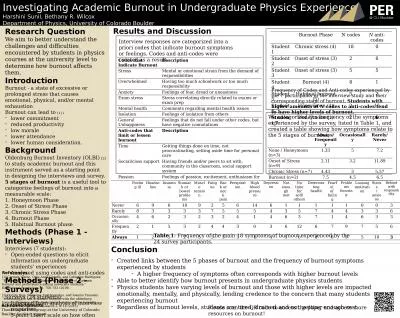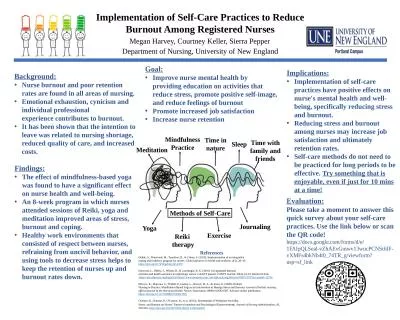PPT-PHYSICIAN BURNOUT Jeffrey B. Cole, MD, MACP
Author : luanne-stotts | Published Date : 2018-11-01
CAPT ret MC USN Staff General Internist USAF Hospital Langley AFB Virginia DISCLOSURES I have no conflicts of interest to divulge The views expressed in this presentation
Presentation Embed Code
Download Presentation
Download Presentation The PPT/PDF document "PHYSICIAN BURNOUT Jeffrey B. Cole, MD, M..." is the property of its rightful owner. Permission is granted to download and print the materials on this website for personal, non-commercial use only, and to display it on your personal computer provided you do not modify the materials and that you retain all copyright notices contained in the materials. By downloading content from our website, you accept the terms of this agreement.
PHYSICIAN BURNOUT Jeffrey B. Cole, MD, MACP: Transcript
Download Rules Of Document
"PHYSICIAN BURNOUT Jeffrey B. Cole, MD, MACP"The content belongs to its owner. You may download and print it for personal use, without modification, and keep all copyright notices. By downloading, you agree to these terms.
Related Documents

